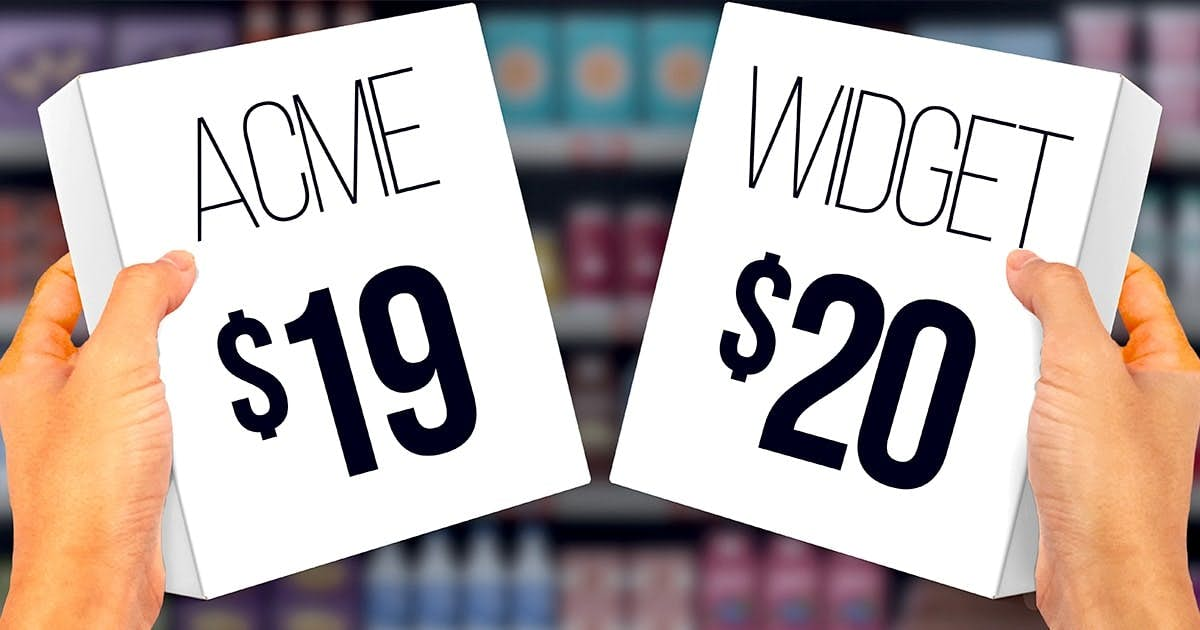Pricing
Tactic
Customers Evaluate Prices Through Comparisons
You compare prices to past prices, competing prices, and adjacent numbers.

Overview
You see a carton of eggs for $3.
Is $3 a good deal? How can you tell? What’s happening in your brain?
Answer: Reference prices.
You compare $3 to a “standard” price that you derive from:
- Previous Prices. How much were eggs last time?
- Advertised Prices. What price were you promised?
- Estimated Price. What price were you expecting?
- Adjacent Prices. How much are competing eggs?
- Nearby Numbers. Any numbers in the vicinity?
You merge those sources into a single magnitude called a “reference price.” You then compare this reference price to the current product (see Briesch, Krishnamurthi, Mazumdar, & Raj, 1997; Mazumdar, Raj, & Sinha, 2005).
- Briesch, R. A., Krishnamurthi, L., Mazumdar, T., & Raj, S. P. (1997). A comparative analysis of reference price models. Journal of Consumer Research, 24(2), 202-214.
- Mazumdar, T., Raj, S. P., & Sinha, I. (2005). Reference price research: Review and propositions. Journal of marketing, 69(4), 84-102.
